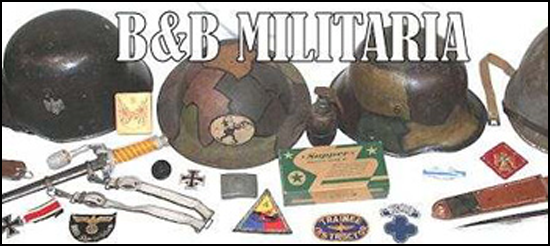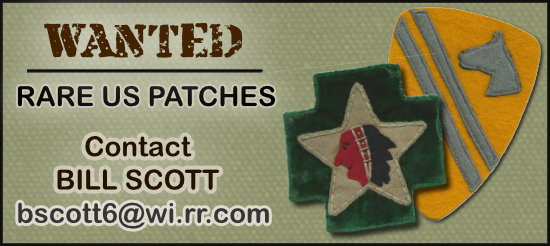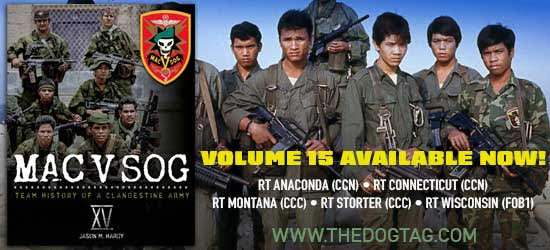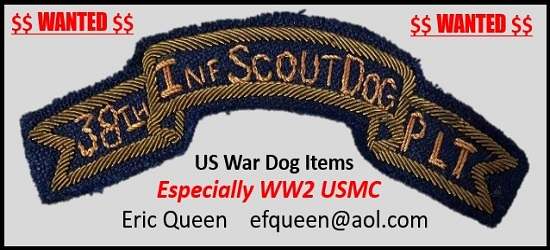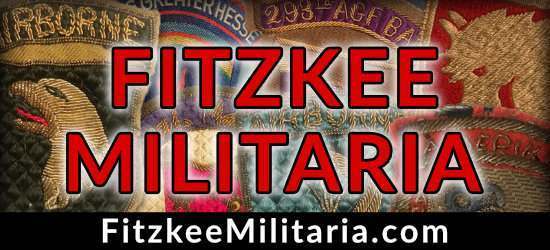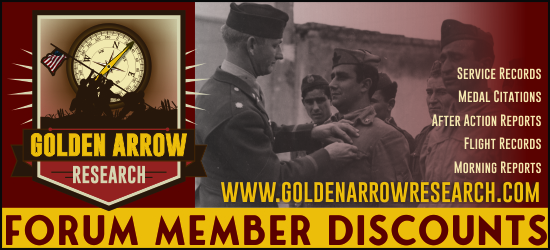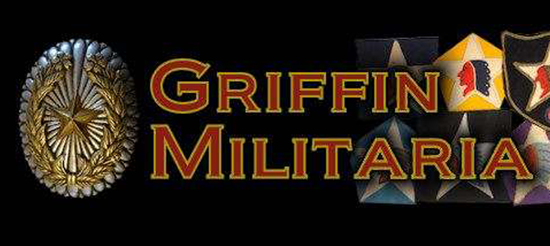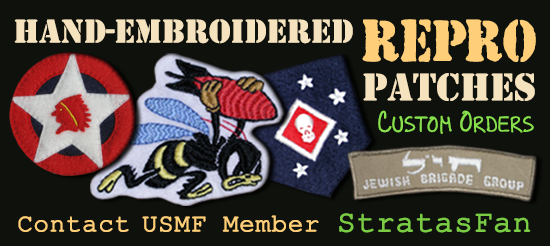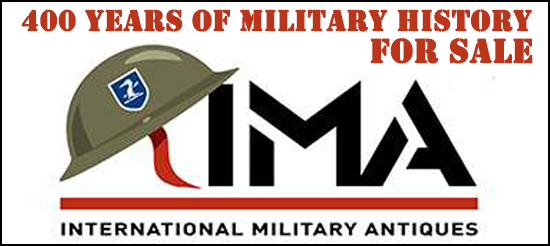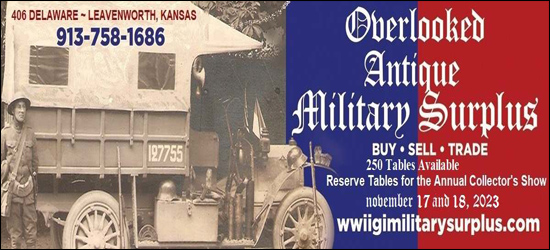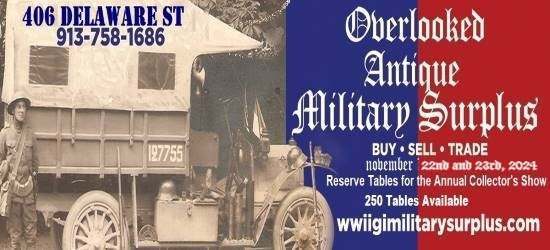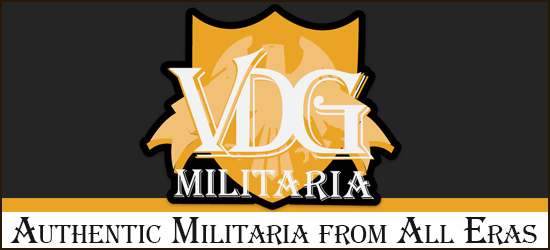-
Donate
Type donation amount in box below.
IMPORTANT! If you donate via PayPal using an e-mail address different than the one you are currently using on USMF and would like a 2024 Donor Icon added to your account, you MUST CONTACT vintageproductions or stratasfan and let them know what email address was used for the donation.
Thank you for supporting USMF.
Donate Sidebar by DevFuse -
Recent Posts
-
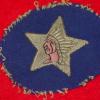
By 6th.MG.BN · Posted
Congrats on finding and sharing a great historical grouping. Ken -
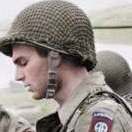
By Gear Fanatic · Posted
wish I had 60K, I think I may know someone who might be interested though. if it's yours good luck getting it sold! -
(1).thumb.jpg.d18e8b8c77ca0637391719b69c739068.jpg)
-
(1).thumb.jpg.d18e8b8c77ca0637391719b69c739068.jpg)
By 36thIDAlex · Posted
Although not my regular collecting area, I’m excited to share what is probably my most historic woodwork find – The D-Day cricket and grouping of S/Sgt Smith C. “Buddy” Fuller, Squad Leader of Mortar Squad/1st Plt/B Co/502 PIR/101 AB, who is pictured in the famous Marmion Farm capture flag photo taken on D-Day. Fuller was born in Huntsville, Alabama and at the age of 17 pleaded with his parents to let him join the Army, doing so in 1940. In 1941, as war loomed, he volunteered for the Airborne and, after completing his training, joined C Company of the 502nd Parachute Infantry Battalion. After Pearl Harbor, he remained with the 502nd as it turned into the 502nd Parachute Infantry Regiment of the newly formed 101st Airborne Division. Sometime before August of 1943 he transferred into B Company of the 502nd and here became the squad leader for the Mortar Squad of 1st Platoon and it was in this capacity he traveled with the division for further training in England. His platoon sergeant was Harrison Summers, who later received the Distinguished Service Cross, and was nominated for the Medal of Honor, for clearing Complex WXYZ on D-Day. On June 6, 1944, Fuller crossed the channel in either Chalk #2 or #3 of Serial #9, carried by C-47s of the 82nd Troop Carrier Squadron. His company’s mission was to drop behind the lines near Foucarville and hold the flank from German attack. Smith jumped around 0100 and, likely because his plane was traveling too low and too fast, landed poorly in a field beside Saint-Germain-de-Varreville. Injuring his lower back in the fall, Fuller still managed to get up and find a few other troopers in the dark nearby, almost certainly using the very cricket in this grouping. After a brief time, he ran into Lt. Elmer Brandenberger, his platoon leader, who took charge of the group. The men wandered and fought through the dark fields of Normandy through the early morning, Fuller relying on a Garand over any hopes he had of finding his mortar. The group slowly made its way north and by daybreak was nearing Marmion Farm. Once the farm was taken, Fuller and others began congregating there as units of the division prepped to move out towards other objectives. Around 0900, a photographer with International News Service rolled up in a jeep and asked the paratroopers for a few photos. One trooper, James Flanagan, posted up in front of one building holding a German flag the paras had taken from the nearby German command post. At this time, Fuller, and a few other paratroopers, gathered alongside him while the camera snapped the shot. Little did they know, but this photo would go on to be one of the most widely distributed in the United States, and arguably one of the most iconic of all time representing the Allied invasion of Normandy. In the days after the photograph, Fuller was evacuated to the 76th General Hospital in England to treat his injuries received in the jump. Thankfully, he made a full recovery and returned by June 16. He participated in the division’s second jump, Market Garden, and later survived the bitter cold and fighting of Bastogne, albeit after suffering from some severe frostbite that left his feet permanently in pain after the war. On January 14, 1945, during the counterattack from Bastogne, Fuller was wounded in the head by German artillery near the town of Bourcy, but returned back to his unit the following day. He made Staff Sergeant in March of 1945 and ended the war with B/502. Fuller left the Army in the fall of 1945 after he returned home and began work as a postman back home in Huntsville. Still, however, he missed the comradery of military life. In January of 1947, he reenlisted in the Army and was put back into the paratroopers, this time with F Company, 325th Infantry Regiment, 82nd Airborne Division. Tragically, this is what led to the end of his career. On April 28, 1949, while riding on a tank during maneuvers at Camp McKall, North Carolina, a tree somehow fell and smashed into Fuller, breaking his pelvis, ribs, and causing severe internal bleeding. He died a short time afterward, and was shipped back to Alabama to be buried. This group of items came from the family of his sister, Marion. Obviously, the star of the group is Fuller’s original D-Day cricket, which still retains the original cord he used to hang it on his equipment. You can also still see the hand-punched hole for the rope done with either a knife or nail. Other excellent pieces in the group include: -Two bringback Untersturmfuhrer tabs -Several pieces of insignia -A number of jump photos (several returning the early football-style training helmets) -Pictures of Fuller in his jump gear prepping to jump and in the field -Parts of letters with his personal letterhead which talk about training at Fort Benning on the back -An original Christmas booklet from January 1941 with the 502nd Parachute Infantry Battalion -Paratrooper-themed greeting cards sent to family -a booklet with notes of how he packed his musette bag, field jacket, and other gear with names and addresses of other 502nd men. -Photos of a Jump-Wing shaped bouquet from his funeral -A few pages detailing the history of his family, including his military career -Other military related paperwork, photos, letters, and newspaper clippings -

By Gear Fanatic · Posted
maybe the newspaper in the back has something to do with it? yes, if you can pull it out carefully check the back and usually you will find a name of someone in the photo which could help. or even a unit name which would be the golden ticket! -
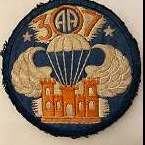
By Allan H. · Posted
Your "stainless" marked blade is a gorgeous example of the black, plastic-handled M-2. I have never seen one marked stainless until seeing the images of your example. I wonder if it might have been marked for export or possibly commercial sales? Allan -
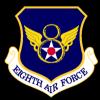
By David B · Posted
Cheers Marty! $174 though. I'll get caned with Customs charges too. -

By Terry R · Posted
Hello Allan, I have an M2 like the #5 that you describe about. The only difference it's marked on the reverse with "stainless" on the ricasso. Would this be a different version altogether? Here are some photos. Thanks in advance. -
By Mexican War · Posted
Displayed are two knitting books from the Great War era. Offered within both - the would-be-knitter could access patterns and instructions. As typical for the era, the instructions assume that the knitter has a knowledge of knitting, techniques and patterns. In a fast forward to current knitting, the intermediate or avid knitter of 2025 has many publications to choose from, with instructions on yarn selection, needles, findings and much more. -
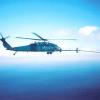
-
-
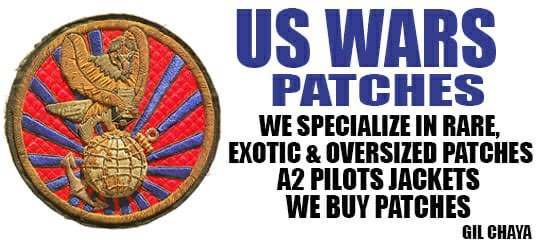
-

-
* While this forum is partially supported by our advertisers, we make no claim nor endorsement of authenticity of the products which these advertisers sell. If you have an issue with any advertiser, please take it up with them and not with the owner or staff of this forum.





